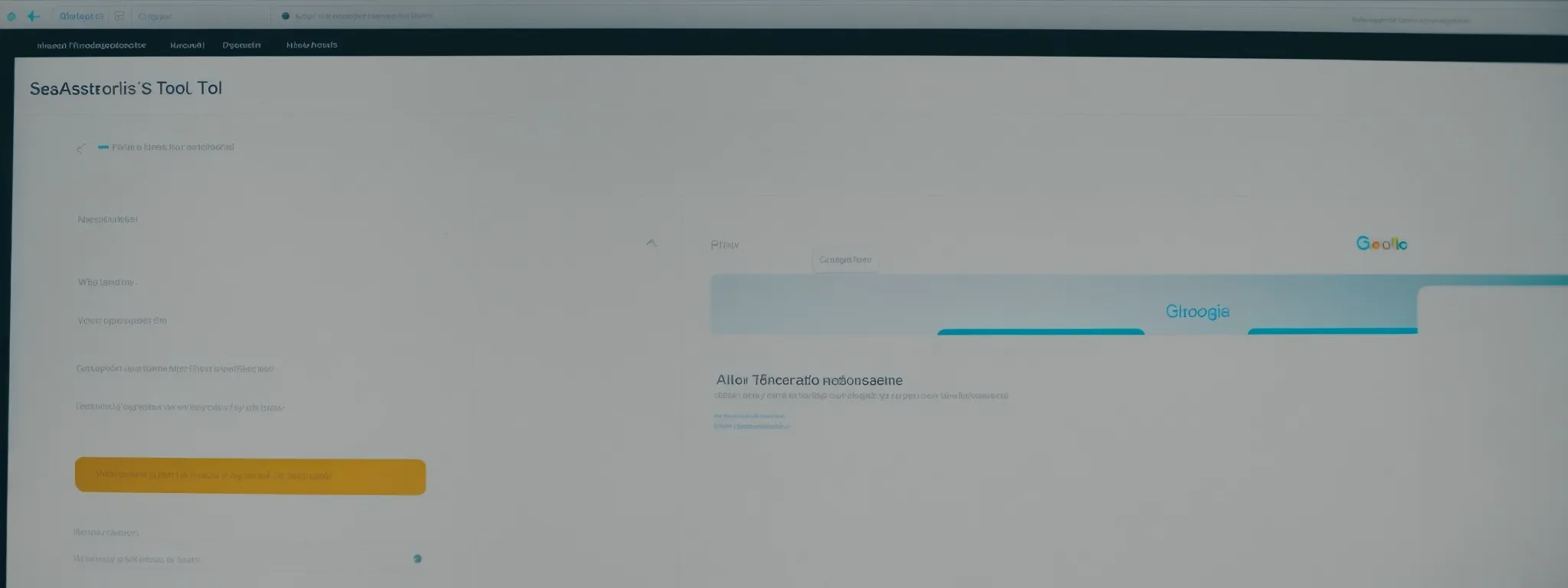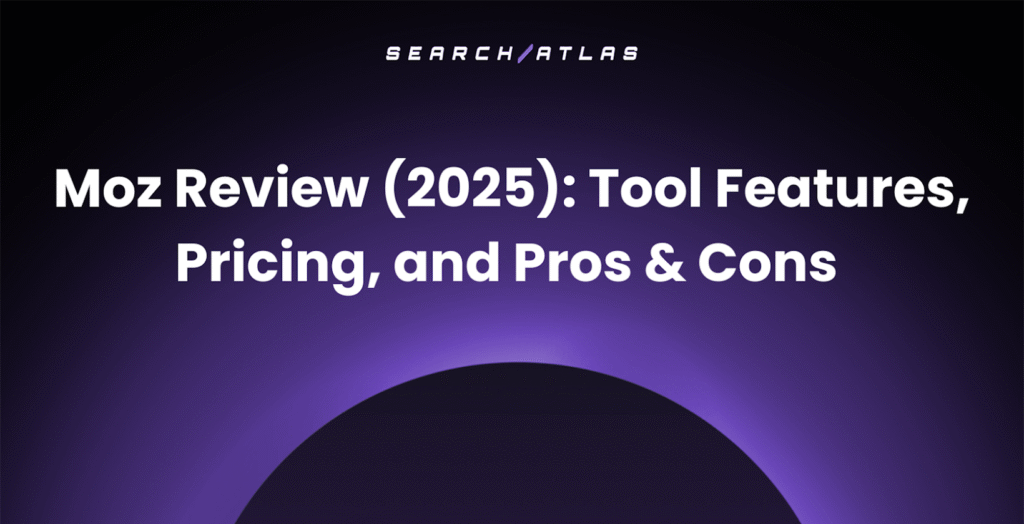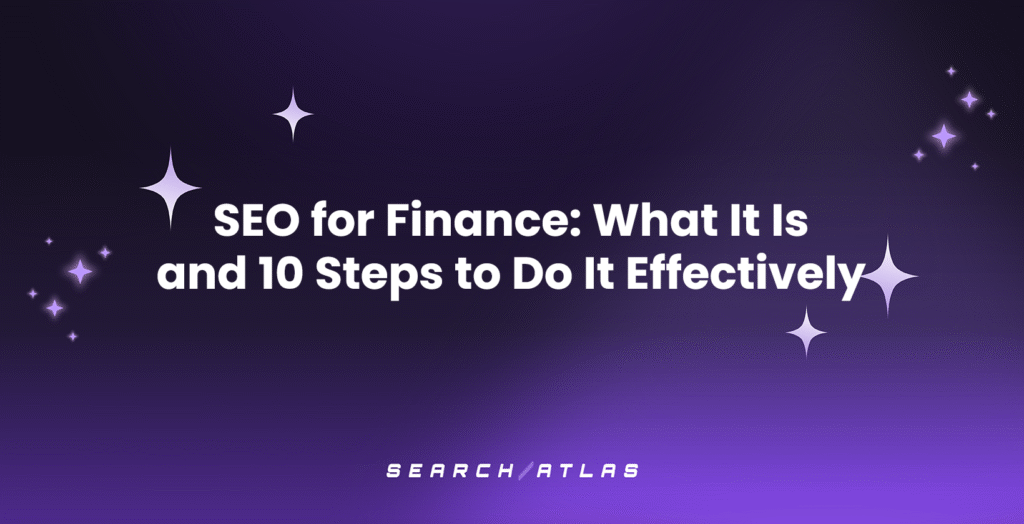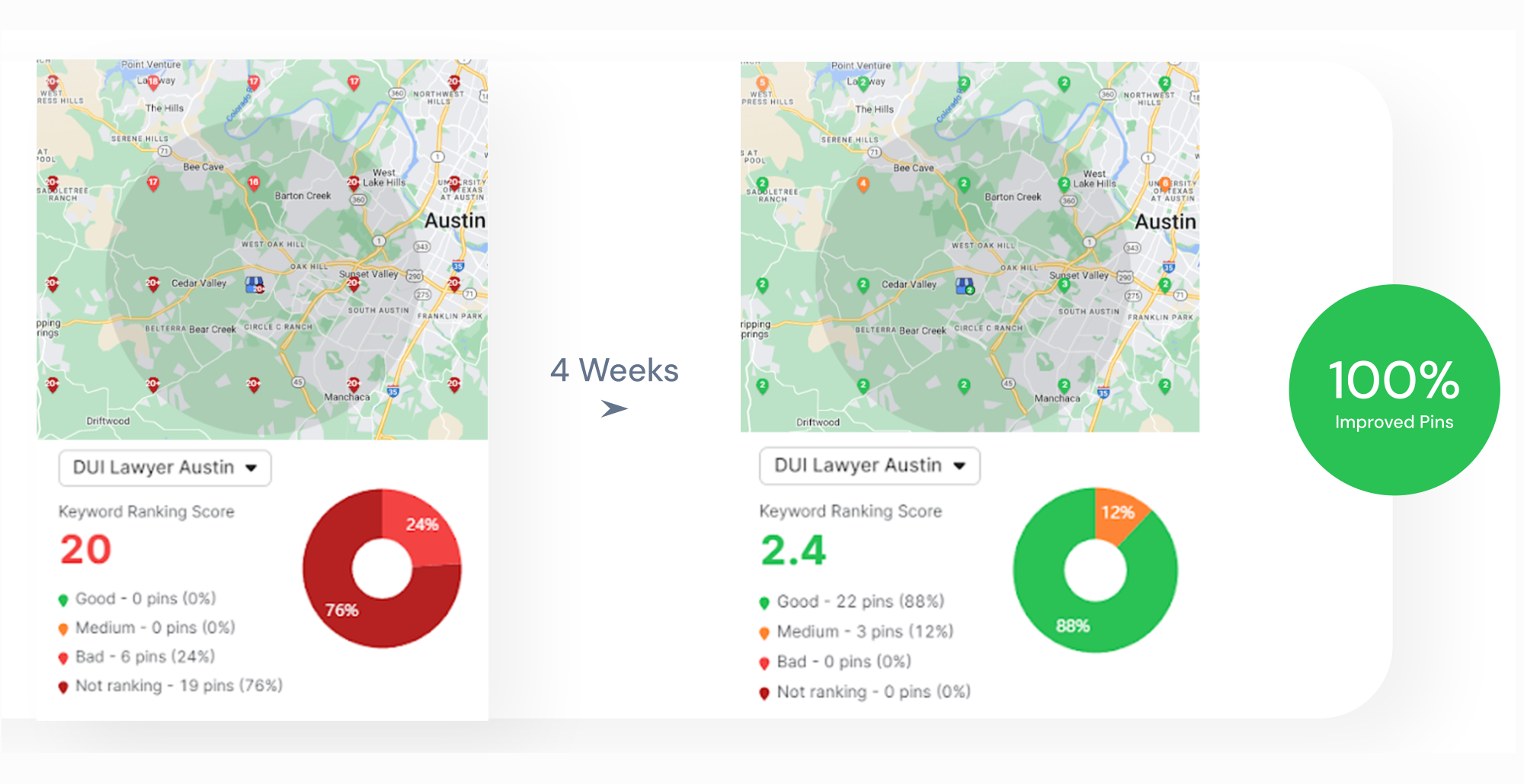Optimize Your Images for SEO: The Complete Guide to Alt Text
In the intricate dance of search engine optimization, images pirouette across webpages, not just as visual feasts but as crucial pieces shaping the SEO landscape.
Alt text, a term as understated as its position quietly behind the scenes, holds the keys to unlocking the potential of these images for improved search visibility and user experience.
With the careful blend of art and science, crafting alt text that resonates with search engines without neglecting the screen reader audience becomes an essential skill for digital marketers.
This complete guide to alt text combines best practices with practical tips to enhance the accessibility and relevance of website imagery.
Keep reading to master the nuances of alt text and ensure your visual content performs impeccably on the SEO stage.
Key Takeaways
- Alt text is crucial for interpreting image content and improving search engine indexing
- Proper alt tags can increase visibility in search results and enhance user experience
- Custom alt attributes should be contextually descriptive for each type of image
- Consistency in alt text across visual content supports SEO efficacy and brand coherence
- Leveraging tools like Search Atlas can optimize alt text for better SEO and web accessibility
Understanding the Role of Alt Text in SEO

Imagery is a pivotal component of a vibrant digital terrain, and within this landscape, sophisticated search engines demand elements that provide context and clarity.
Alt text – a critical yet often overlooked HTML attribute – acts as a bridge between visual content and the algorithms that categorize it.
As businesses endeavor to enhance their online presence, understanding the significance of alt text in SEO becomes indispensable.
Grasping how search engines interpret this attribute and its consequential impact on image indexing is essential for refining visibility and optimizing the user experience for screen reader users and beyond.
Learn How Search Engines Interpret Alt Text
Search engines utilize alt text to decipher the content and function of an image within a page’s context, facilitating its indexation process. The alt attribute serves as a cornerstone for image SEO, enabling search engines to comprehend and properly catalogue the visual elements, embedding them within the tapestry of search results.
To enhance a website’s accessibility and elevate its standing with search engines, alt text is implemented as a descriptive label. Through their sophisticated algorithms, these digital entities parse the significance of image alt text, rewarding content that aligns with best practices by granting greater visibility in image search results.
Explore the Impact of Alt Text on Image Indexing
Proper utilization of alt text is not a mere compliance tick box; it’s a strategic cog in the mechanics of a website’s SEO. When search engines scour the web, deciphering and cataloging images, they rely heavily on the alt attribute. The impact is tangible – images furnished with relevant and accurate alt descriptions are more likely to be served up in search queries, thus amplifying a site’s visibility and traffic.
Moreover, an image’s alt text bears significant influence on the indexing speed and accuracy. High caliber, descriptive alt texts enable search engines to promptly include images in their expansive indices, tethering them to relevant search terms. A compelling, keyword-rich alt description can propel an image to the forefront of searches, providing a vital edge in the competitive realm of digital content.
Crafting Effective Alt Text for Your Images

In the quest to prime web content for optimum search engine appeal, the art of crafting effective alt text emerges as a critical factor.
Beyond the functional imperative of providing text alternatives for screen reader users, the strategic selection and application of alt descriptions harness the latent potential for boosting SEO performance.
A well-considered alt text incorporates both keywords pivotal to content relevance and brevity that streamlines accessibility, transforming images from mere visual aids to stalwarts of accessibility and search visibility.
As businesses navigate this nuanced aspect of digital marketing, a mastery of alt text composition equips them with the tools to enhance both user experience and search engine affinity.
Identify Keywords to Include in Your Alt Descriptions
When delving into the minutiae of alt text for images, the key lies in pinpointing pertinent keywords that succinctly encapsulate the image content. These selected terms should mirror the critical keyphrases users might input during their search queries, thereby aligning the image with the content’s core subjects and themes.
Careful integration of these keywords into the alt descriptions not merely enriches the content for keyword research purposes but also augments the relevance of images for search engines. This thoughtful incorporation can lead to improved image visibility within search results, effectively driving more targeted traffic to the website.
Write Descriptive and Concise Alt Text for Accessibility
In the realm of web accessibility, the creation of alt text embodies a delicate balance between descriptiveness and succinctness. For users who depend on screen readers, the alt attribute serves as an auditory map, succinctly illuminating the visage of the web in the absence of visual context.
Professionals strive to distill the essence of an image into a textual format that is both informative and economical. This practice not only aids screen reader users in navigating image content but also contributes to a seamless user experience across diverse browsing scenarios.
Best Practices for Alt Attributes on Different Image Types

When optimizing images for search engine optimization, the customization of alt attributes is a transformative step that can significantly impact the performance of product images, graphics, infographics, and charts.
Each image type carries its unique value and communicates distinct information, and their alt tags should reflect that specificity.
Crafting precise alt text that is contextual and descriptive not only aids in enhancing relevancy for search engines but also improves accessibility for users who rely on assistive technologies.
This critical layer of detail helps ensure that every image type is meticulously indexed and presented to users across various search platforms, bolstering the overall effectiveness of a website’s SEO strategy.
Tailor Alt Tags to Context for Product Images and Graphics
For product images and graphics, alt tags serve as vital conduits for contextual information, acting as silent salespersons that assist search engines in correlating images with relevant queries. They should convey the essence of the product, including brand, model, and distinguishing features, all while being succinct and strategic with keyphrase inclusion.
The crafting of alt tags for product imagery and graphics requires an understanding of the target audience’s search behavior and preferences. These alt descriptions should reflect the visual content’s intended message and purpose: whether it is to showcase a product’s design, highlight specific features, or present graphic data:
- Product images benefit from alt tags that include model names, unique qualities, and even color or size specifications.
- Graphics, such as infographics or diagrams, necessitate alt text that explains the conveyed data or concept, focusing on key elements presented within the visual.
Ultimately, the customization of alt attributes to the context of the image encourages greater engagement from both search engine crawlers and users, leading to improved SEO outcomes and user experience.
Use Appropriate Descriptors for Infographics and Charts
In the domain of digital content, infographics and charts serve as visually engaging tools to distill complex data into understandable and shareable graphics. Alt text for these elements should elucidate the critical insights they offer, encapsulating the main data points and conclusions in a manner that is readily interpretable by both search engines and assistive technologies.
Charts, with their quantitative edge, require alt descriptors that convey not just the represented data but also any trends, correlations, or patterns that the visual may suggest. The alt attribute should act as a succinct narrative of the data story the chart illustrates:
| Chart Element | Description | Trend |
|---|---|---|
| Q1 Sales | Bar graph of quarterly sales | Increasing |
| Customer Satisfaction | Pie chart of survey results | High approval |
| Market Share | Line graph showing company’s market share over time | Steady rise |
For infographics, which often merge text, data, and illustrative imagery, the corresponding alt text should provide a comprehensive overview. It should illuminate not only the content but also offer insight into the infographic’s design purpose, addressing the overarching question it seeks to answer or the issue it addresses.
Integrating Alt Text With Your Overall SEO Strategy

As digital marketers refine their strategies for Search Engine Optimization (SEO), the integration of alt text within the broader SEO framework is paramount.
To unlock the full potential of visual content, there must be a cohesive strategy that aligns alt text with other on-page SEO elements, ensuring that all images amplify the narrative and keyword goals of the web content.
Additionally, maintaining consistency across visual media is critical in presenting a unified front that bolsters brand identity and streamlines the user experience, contributing significantly to a site’s SEO success.
Coordinate With Other on-Page SEO Elements
The strategic alignment of alt text with other on-page SEO elements is an imperative for marketers aiming to optimize their website comprehensively. Alt descriptions should be in harmony with page titles, headings, and content, forming a consolidated keyword strategy that enhances search relevance across the board.
Engaging harmoniously with other forms of metadata, such as title attributes and link text, alt text augments the semantic strength of the webpage, signaling to search engines the rich, relevant content each image contains. This coordination contributes to the construction of a stronger SEO foundation, leading to a more robust digital presence.
Ensure Consistency Across All Visual Content on Your Site
Ensuring consistency in alt text across a website’s visual content is vital for maintaining a cohesive narrative that enhances SEO efficacy. Uniformity in alt tags reinforces the underlying message and keyword targeting, creating a seamless experience for both search engines and users. For enterprises focused on crafting a unified online identity, this practice is indispensable for reinforcing brand recognition and digital authority.
Harmonious alt text across all images echoes a site’s commitment to thoroughness and attention to detail, principles that indirectly contribute to a stronger SEO profile. Consistency in descriptions and keywords within alt attributes not only aids search engines in accurately categorizing images but also fortifies the integrity of the site’s thematic structure.
| Visual Content Type | Alt Text Consistency Approach |
|---|---|
| Product Images | Standardize descriptors including brand and model details |
| Infographics | Ensure a uniform style in conveying data story |
| Decorative Graphics | Maintain similar verbosity and relevance to theme |
Tools and Resources to Streamline Your Alt Text Process

Enterprising marketers understand the importance of alt text in SEO, and tools like Search Atlas can significantly simplify this aspect of website optimization. The platform features an On-Page Audit Tool, which meticulously reviews page content, including images, and recommends alt text improvements. By leveraging such technologies, professionals can ensure that every image on their site aligns perfectly with their SEO ambitions.
In particular, the SEO AI Otto provided by Search Atlas presents an innovative option to refine alt text strategies. This artificial intelligence assistant examines existing site content and delivers insights into alt text formulations that resonate with search engines. Otto’s analytical prowess helps marketers craft alt text that supports both keyword relevance and a compelling user experience.
Another critical resource for optimizing images is the Backlink Analyzer within Search Atlas, offering insights beyond alt text considerations. It assists in uncovering the relationship between images, backlinks, and domain authority – an insightful aspect for crafting a holistic SEO strategy. By understanding how images contribute to the website’s link profile, marketers can tailor alt text to bolster not just accessibility and search engine visibility, but also the site’s overall authority.
Furthermore, for specialists intent on improving web accessibility, Search Atlas offers features that ensure alt attributes meet the best standards. Considering screen reader users and web accessibility guidelines, the platform aids in crafting alt text that is both SEO-friendly and user-centric, elevating the site’s validity amongst search engines and enhancing the browsing experience for all users.
Avoiding Common Mistakes When Using Alt Descriptions

When creating alt descriptions for images, professionals must tread with caution to avoid common pitfalls that could impinge on a website’s SEO and accessibility. A frequent oversight involves using generic, uninformative alt text that fails to describe the image contextually. High-quality alt descriptions should provide clear, concise insights into the image content, serving both search engines and users with disabilities.
Overstuffing alt text with keywords is another misstep that marketers should sidestep. This practice may seem advantageous at first glance, but search engines are adept at identifying and penalizing such tactics. Instead, alt text should integrate keywords organically, ensuring that they align naturally with the details and purpose of the visual content.
Furthermore, neglecting to craft unique alt text for each image undermines the content’s value for users and search engines alike. Duplicate alt descriptions can confuse search algorithms and dilute the user experience, making specificity a crucial aspect of alt text optimization:
| Error Type | Consequence | Best Practice |
|---|---|---|
| Generic Alt Text | Reduced contextual understanding | Apply descriptive, content-specific alt text |
| Keyword Overstuffing | Negative impact on SEO | Use keywords sparingly and appropriately |
| Duplicate Descriptions | Confusion and potential penalties | Ensure each alt text is unique to the image |
Last, overlooking the need to update alt text when images change can result in outdated or irrelevant descriptions, potentially misleading users and search engines. It’s crucial for SEO professionals to maintain current alt text that accurately reflects any updates or replacements to website imagery, ensuring consistency and relevance in content delivery.
Frequently Asked Questions
What is the role of ALT text in seo and how does it impact website visibility?
Alt text is an integral component of web accessibility and SEO as it provides text alternatives for images, allowing screen reader users to comprehend image content and search engines to index it effectively. Properly optimized alt attributes can significantly enhance a website’s visibility by contributing to the image’s relevance in search results and improving user experience.
How can I create effective ALT text for my images to improve seo performance?
Creating effective alt text for images starts with crafting clear, concise descriptions that accurately represent the image content, while judiciously incorporating relevant keywords to bolster SEO performance. By utilizing SEO tools like Search Atlas, businesses can leverage the On-Page Audit Tool and Keyword Research features to optimize their image alt text, ensuring both web accessibility and stronger search engine visibility.
Are there specific best practices for using ALT attributes on different types of images?
Indeed, there are specific best practices for employing alt attributes on various image types to enhance user experience and meet web accessibility standards. Professionals recognize that the approach to alt text should be tailored to the function and context of the image within the webpage, ensuring that text alternatives serve as an effective substitute for visual content.
How does integrating ALT text with my overall seo strategy benefit my website?
Integrating alt text into an SEO strategy enhances a website’s accessibility, making it amenable to screen readers and thereby broadening its audience. It also provides search engines with context for images, which can improve image search ranking and support the overall relevance of the page in relation to targeted keyphrases.
What tools and resources are available to help streamline the ALT text process and ensure accuracy?
Streamlining the alt text process and ensuring its accuracy can be effectively managed through the use of advanced tools like Search Atlas, which incorporates resources such as an On-Page Audit Tool and SEO AI Otto. These elements empower users to optimize their web accessibility by generating accurate text alternatives for images that enhance user experience for screen reader users and boost SEO performance.
Conclusion
In conclusion, effectively optimizing images with thoughtful alt text is a vital element of SEO strategy.
Alt text acts as a critical descriptive tool that allows search engines to understand and index images accurately, enhancing a website’s visibility and user accessibility.
By incorporating relevant keywords, maintaining conciseness, and ensuring that alt descriptions are informative and unique, businesses can significantly boost their online presence.
Coordination with other on-page SEO elements and consistent application across all visual content amplify this effect.
Avoiding common errors such as generic descriptions, keyword stuffing, and duplicating alt text prevents potential penalties and confusion.
With the assistance of SEO tools like Search Atlas, marketers can streamline their alt text process to create compelling, SEO-friendly images that support both search optimization and a superior user experience.











